If you're ever in an emergency, you want the best fire starter possible in order to be prepared for the unexpected. Whether you're hiking in the woods or experiencing a crisis, the quality of the products you use are crucial. When you're out exploring the wilderness, its critical to bring an emergency fire kit with you and that kit should contain a reliable method of starting a fire, preferably in inclement weather (rain, wind, ice, etc.). There are many different situations you may end up in, but fire making is an essential skill. Fire making, being one of the most common survival situations, is where the understanding of certain fire tinder is the key to being successful. The three most commonly used fire starters are: Charcloth, Fatwood, and Waxed Jute.
Charcloth

Charcloth is a highly flammable fabric made from vegetable fiber (linen, cotton, jute, etc.) and is thermally decomposed to change it chemically by burning out all the impurities, creating a charred cloth (aka Charcloth) that catches fire easily. Charcloth is typically used, in conjunction with flint and steel, to create a slow-burning ember that can be placed in a tinder pile to initiate an emergency campfire.
Pros
Cons
Fatwood

Fatwood, another popular emergency fire starter, comes from the heart of dead pine trees. After the tree dies, gravity pulls all of the sap into the base of the tree, impregnating the stump wood with highly flammable sap (pitch). This flammable pine-heart (aka fatwood), can then be harvested and used for emergency fire making. In most cases, the fatwood can be carved off or feathered to be used in conjunction with the tinder bundle.
Pros
Cons
Waxed Jute

Waxed jute is jute twine that is covered in flammable wax that makes it an excellent fire-starting tool. Jute itself is a natural fiber byproduct from processing the stems of the jute plant (Corchorus olitorius). The wax used to impregnate the jute can be either paraffin wax or beeswax. While beeswax has traditionally been the preferred method of impregnating jute, the declining global population of bees makes paraffin wax a more practical, and equally effective, fire-starting solution. Paraffin wax is a flammable wax made from natural oil (petroleum).
Pros
Cons
The Winner- Waxed Jute!
We’ve tested all of the different fire-tinders out there, in fact our Emergency Fire Kit comes with charcloth, fatwood, and waxed jute rope – and to be honest, we just really love the waxed jute! It lights easily in every instance in which we’ve tested it, it’s basically weatherproof, and a little goes a long way. So, if you are ever in an emergency where there are weather conditions such as rain, snow, wind, etc., you will be able to light a fire much more efficiently. We love how it can withstand all the elements, which is what we want to provide to our customers. Properly prepared waxed jute simply requires a spark from your favorite SurvivorSteel, while other fire-tinders tend to need extra steps and materials for a successful fire. Waxed jute is pretty much always ready-to-light and perfect for easy fire-starting. In fact, we like it so much, we created our own and you can find it on our TITAN Survival website. No need to waste time trying to make your own!
CHOKTAW Waxed Jute Rope Tinder Sticks
Based on the same waxed jute twine found in our patented SurvivorCord, CHOKTAW Waxed Jute Rope is a thicker, more practical waxed jute rope form factor for emergency fire kits. Our waterproof and wind resistant CHOKTAW Waxed Jute Rope is the ultimate emergency tinder. It can be shaved off and processed into a bird’s nest tinder, or simply unwound and used as a tinder wick – and in both cases, catches fire almost instantly. Having this in your emergency kit, bug out bag, or get home bag will make emergencies less of a worry. We love waxed jute for its sustainability, and it’s biodegradable. Fire making has just become so much easier.
You can find our CHOKTAW Waxed Jute Rope on our website here.
Know someone who would enjoy this post? Please feel free to share this article with your friends and family using the links below...


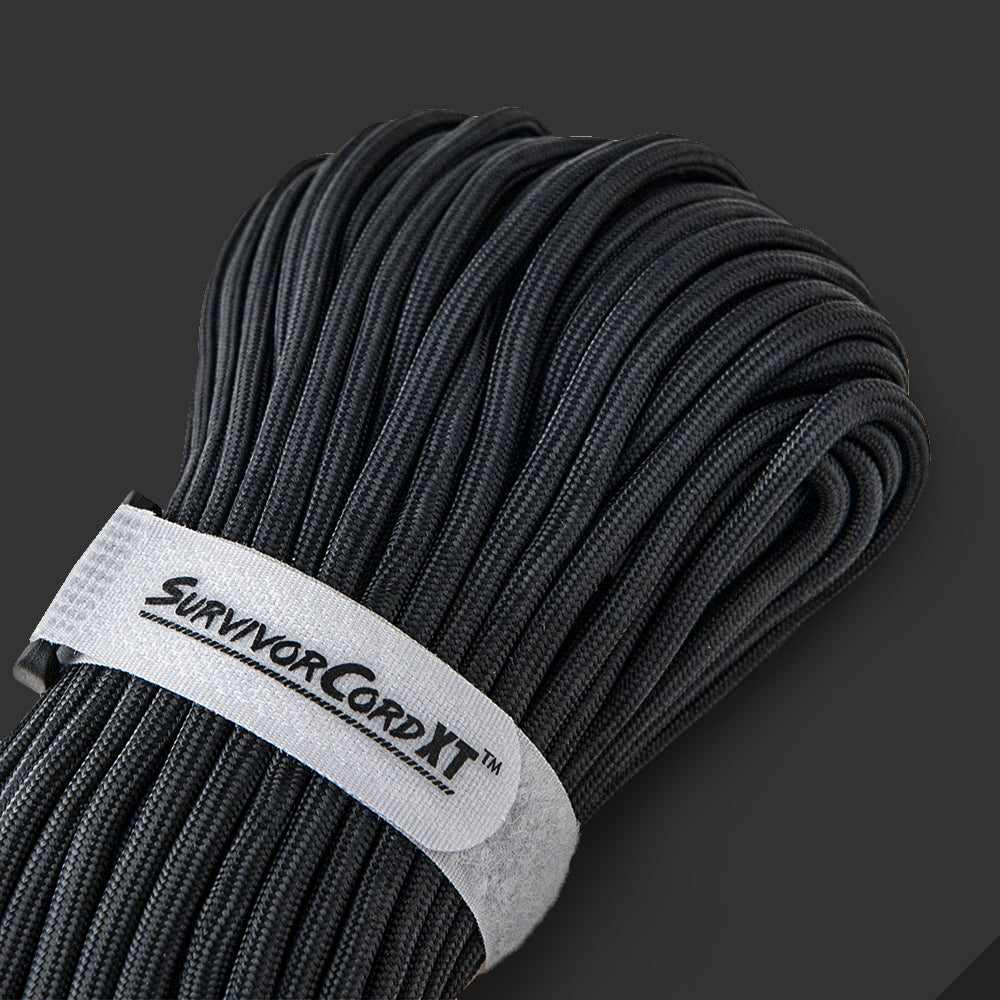
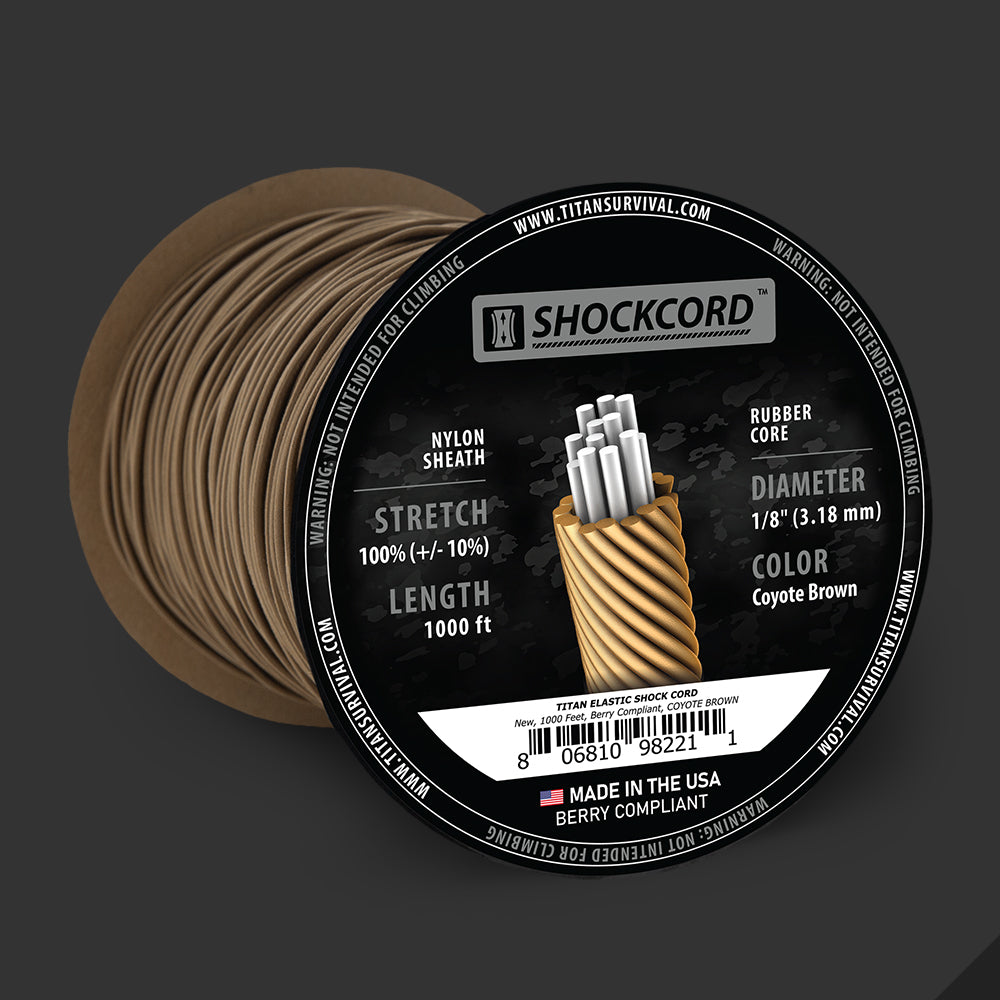


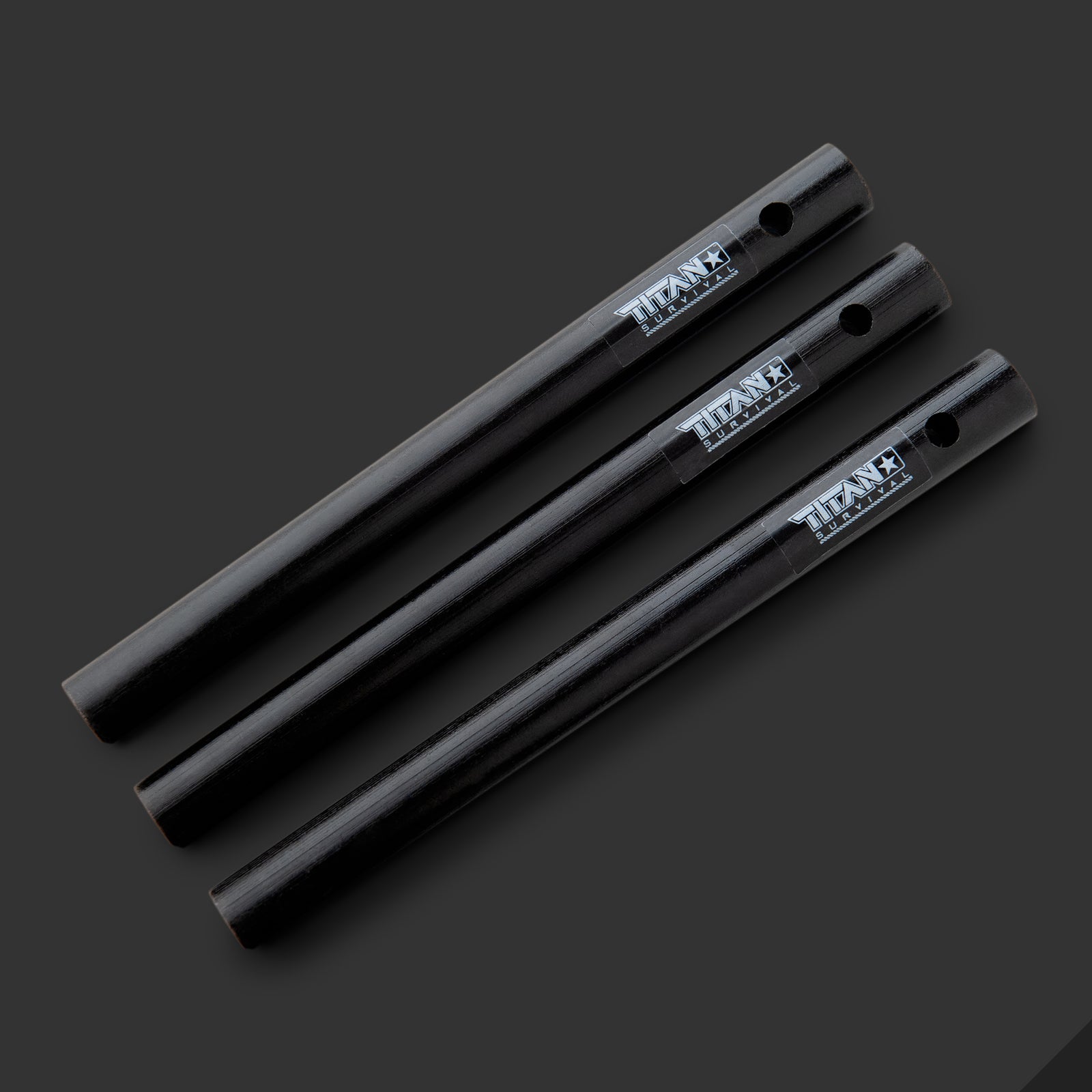

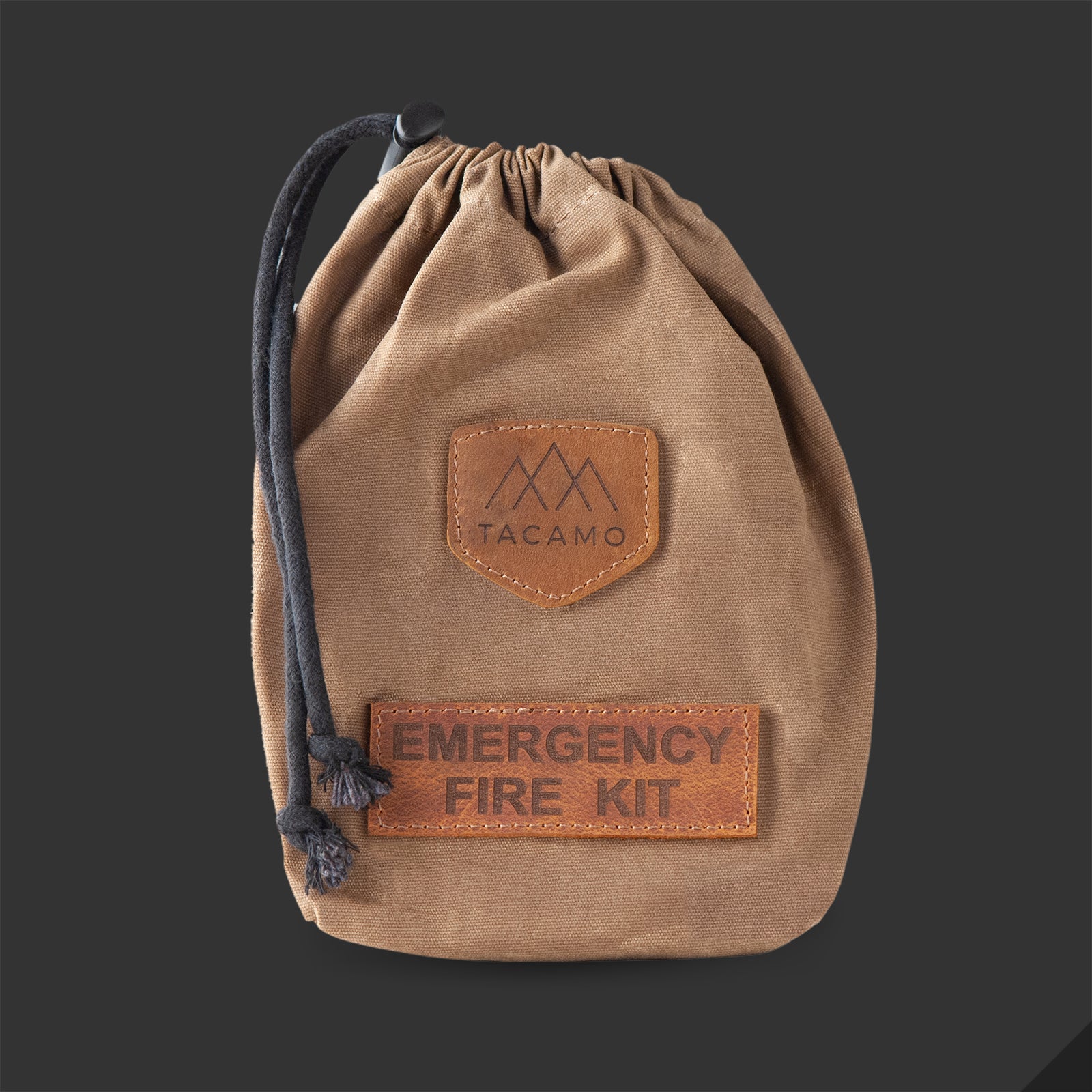
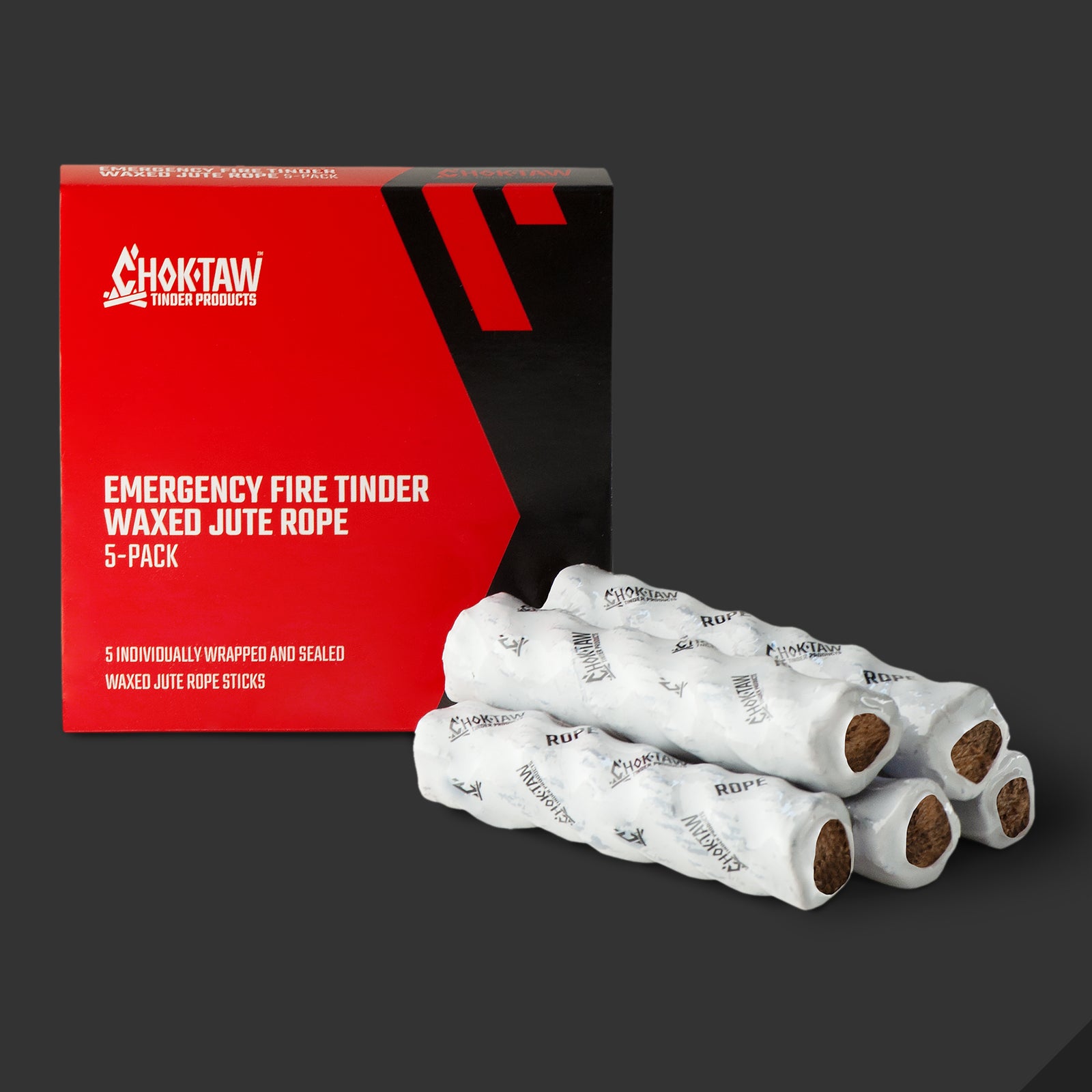
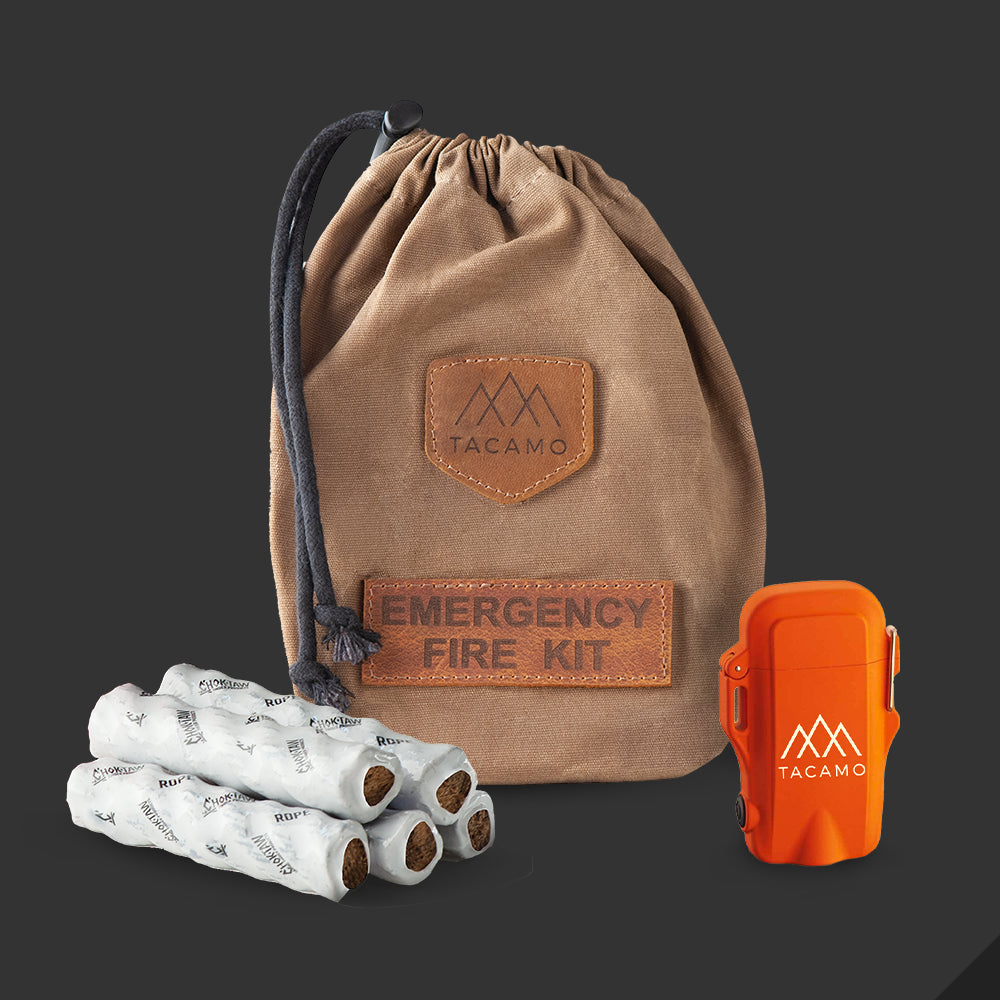

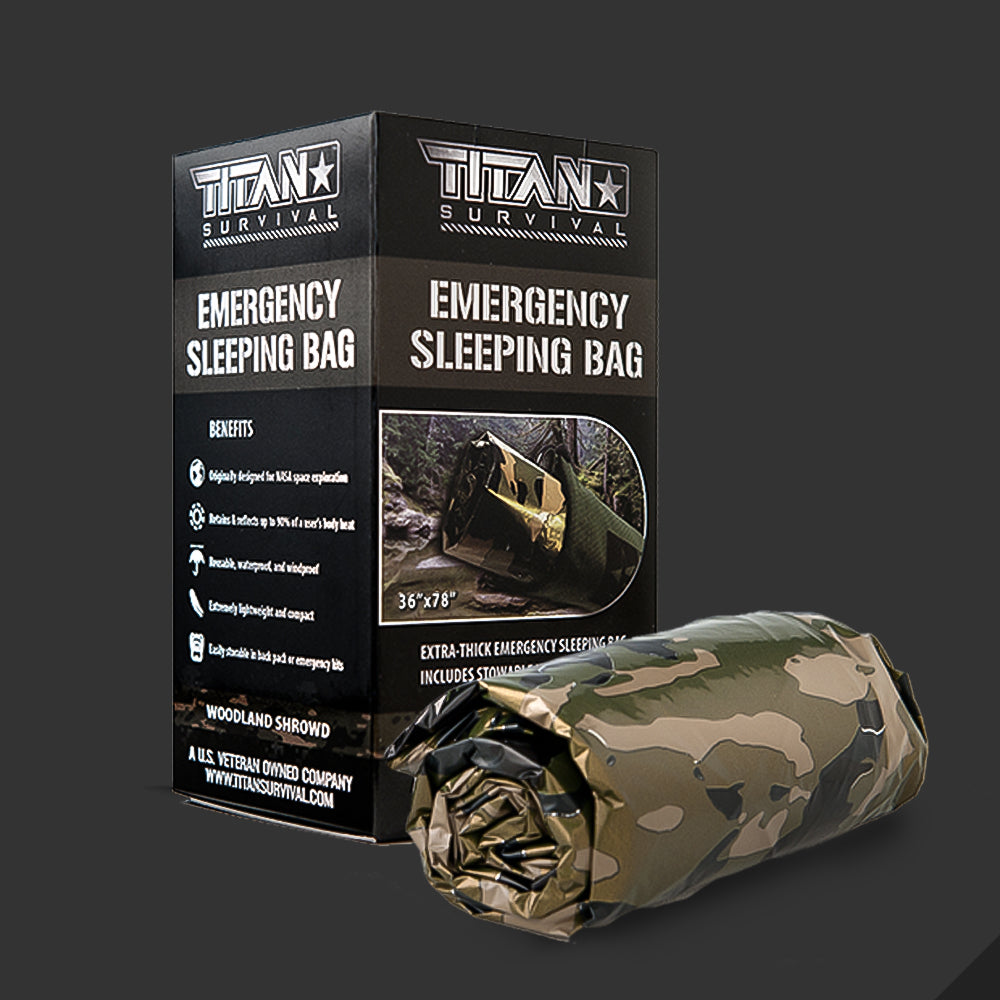
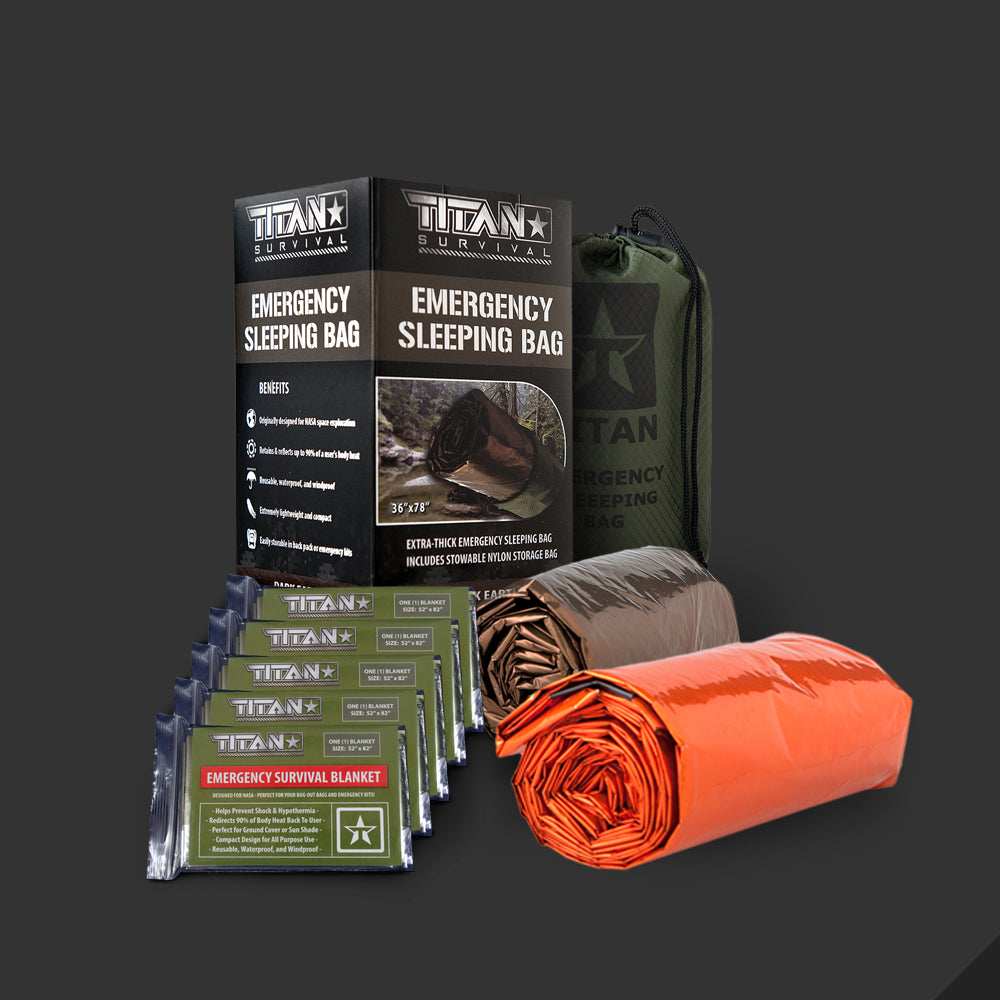

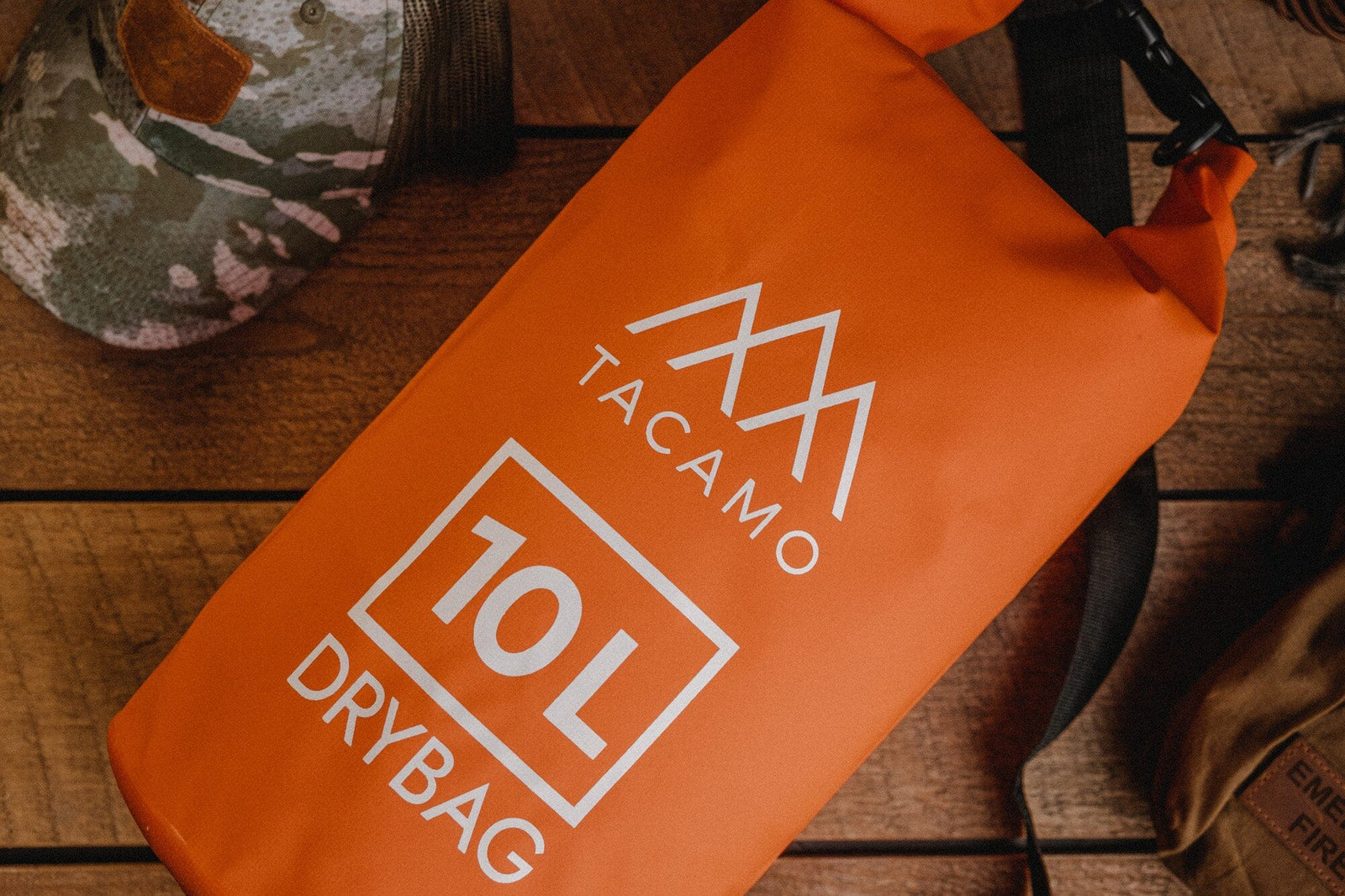
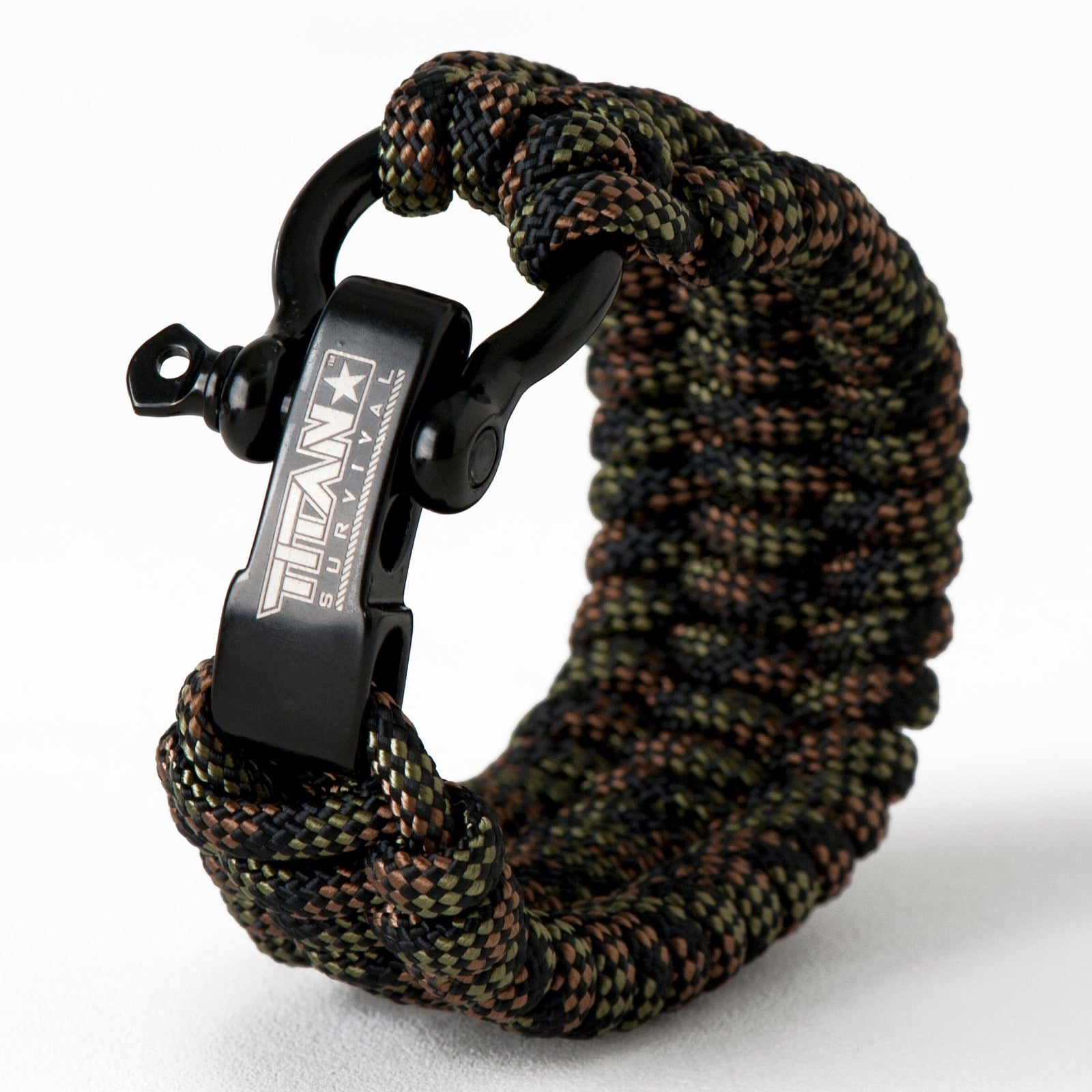

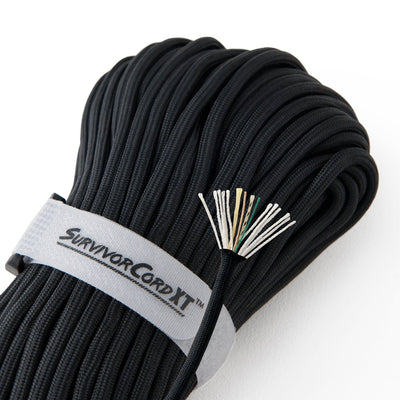




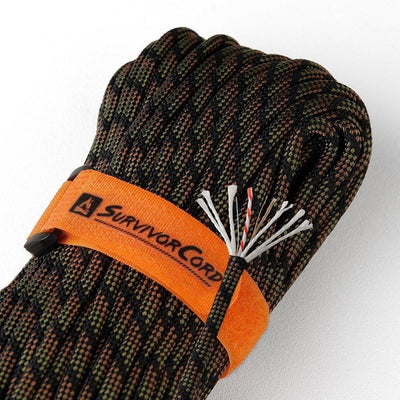

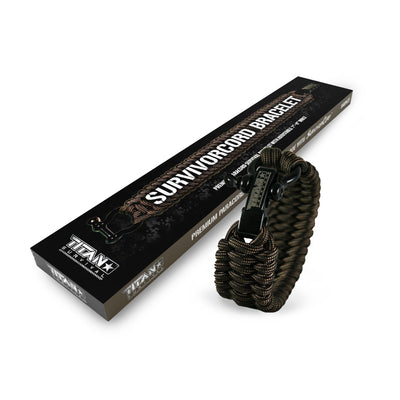




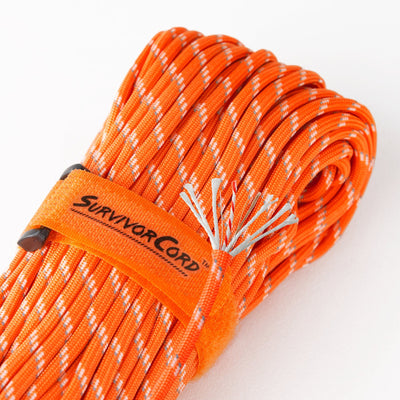
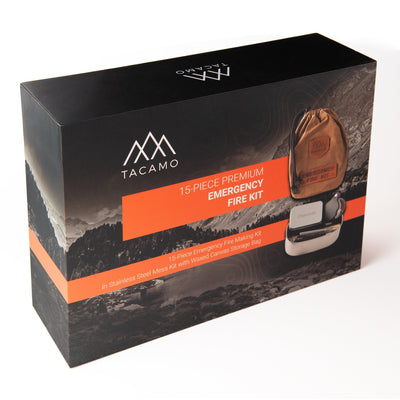


Leave a comment (all fields required)